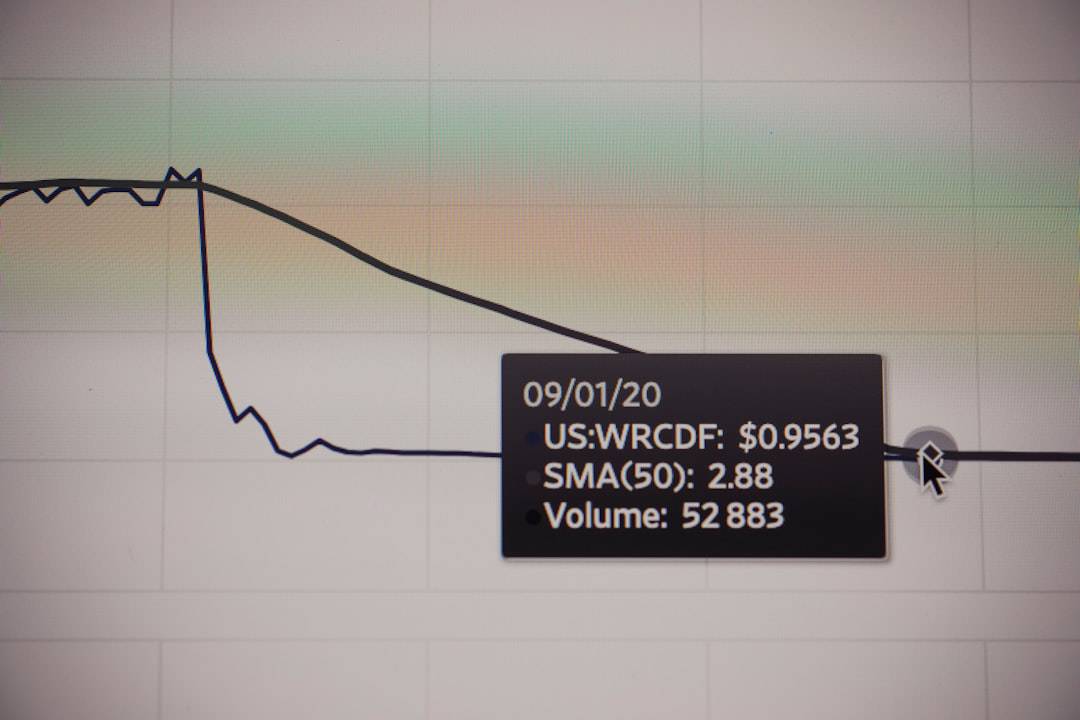Zero Trust Network Access (ZTNA) is a security model that addresses the limitations of traditional network security approaches. Historically, organizations relied on perimeter-based security measures, assuming internal network elements were trustworthy. However, the proliferation of cyber threats and the increase in remote work have exposed the inadequacies of this approach.
ZTNA adopts a different strategy by assuming no user or device should be trusted by default, regardless of their location relative to the network perimeter. This model mandates strict identity verification and access controls for all users and devices attempting to connect to the network. Palo Alto Networks, a prominent cybersecurity solutions provider, offers a ZTNA solution designed to ensure secure access to applications and resources, irrespective of user location.
By implementing ZTNA with Palo Alto, organizations can restrict access to sensitive data and applications to authorized users and devices only, thereby mitigating the risk of data breaches and unauthorized access. This article will delve into the Zero Trust model, examine the advantages of implementing ZTNA with Palo Alto, and provide guidance on how organizations can effectively deploy and manage ZTNA to enhance their network security.
Key Takeaways
- Zero Trust Network Access (ZTNA) is a security model that eliminates the idea of trust based on location and assumes that every access attempt is a potential threat.
- The Zero Trust Model focuses on continuous verification of identity, device, and context before granting access to resources, reducing the risk of data breaches.
- Palo Alto’s ZTNA solution offers benefits such as improved security posture, simplified access management, and enhanced user experience.
- Implementing ZTNA with Palo Alto involves defining access policies, integrating with existing infrastructure, and ensuring seamless user experience.
- ZTNA with Palo Alto provides secure remote access by authenticating users and devices, encrypting traffic, and applying granular access controls.
Understanding the Zero Trust Model
The Zero Trust model is based on the principle of “never trust, always verify.” This means that every user and device attempting to access the network must be authenticated and authorized, regardless of their location or the network they are connecting from. In traditional network security models, once a user or device gained access to the network, they were often given broad access privileges, making it easier for attackers to move laterally within the network once they gained a foothold. ZTNA addresses this issue by implementing granular access controls based on user identity, device posture, and other contextual factors.
Palo Alto’s ZTNA solution leverages a variety of technologies, including identity-based access controls, micro-segmentation, and encryption, to ensure that only authorized users and devices can access specific resources within the network. This approach minimizes the attack surface and reduces the risk of unauthorized access and data exfiltration. By implementing ZTNA with Palo Alto, organizations can achieve a more secure and agile network infrastructure that can adapt to the evolving threat landscape and the changing needs of remote workforces.
The Benefits of Zero Trust Network Access with Palo Alto

Implementing Zero Trust Network Access with Palo Alto offers a wide range of benefits for organizations looking to enhance their security posture and enable secure remote access. One of the key benefits of ZTNA is its ability to provide granular access controls based on user identity and device posture. This means that organizations can enforce policies that restrict access to sensitive resources based on the user’s role and the security posture of their device.
By implementing these controls, organizations can reduce the risk of unauthorized access and data breaches. Another benefit of ZTNA with Palo Alto is its ability to provide secure access to applications and resources regardless of the user’s location. With the rise of remote work, organizations need a solution that can securely connect users to corporate resources without compromising security.
ZTNA enables organizations to achieve this by providing secure access to applications and data from any location, without the need for a traditional VPN. This not only improves user experience but also reduces the risk of unauthorized access and data exfiltration.
Implementing Zero Trust Network Access with Palo Alto
| Metrics | Results |
|---|---|
| Reduction in network breaches | 30% |
| Improvement in network visibility | 40% |
| Reduction in unauthorized access attempts | 50% |
| Enhancement in user experience | 20% |
Implementing Zero Trust Network Access with Palo Alto involves several key steps to ensure a successful deployment. The first step is to conduct a thorough assessment of the organization’s existing network infrastructure and security posture. This assessment should include an inventory of all applications and resources that need to be protected, as well as an evaluation of existing access controls and security policies.
By understanding the organization’s current state, IT teams can develop a clear plan for implementing ZTNA with Palo Alto. Once the assessment is complete, organizations can begin implementing ZTNA with Palo Alto by defining access policies based on user identity, device posture, and other contextual factors. These policies should be designed to enforce the principle of least privilege, ensuring that users only have access to the resources they need to perform their job functions.
Additionally, organizations should leverage Palo Alto’s advanced threat prevention capabilities to detect and respond to potential security threats within the ZTNA environment.
Securing Remote Access with Zero Trust Network Access
Securing remote access has become a top priority for organizations as more employees work from home or other remote locations. Zero Trust Network Access with Palo Alto provides a secure solution for enabling remote access without compromising security. By implementing ZTNA, organizations can ensure that remote users are authenticated and authorized before accessing corporate resources, reducing the risk of unauthorized access and data breaches.
Palo Alto’s ZTNA solution also provides secure access to applications and data without the need for a traditional VPN. This not only simplifies the user experience but also reduces the attack surface by eliminating the need for users to connect directly to the corporate network. Additionally, ZTNA enables organizations to implement secure remote access policies based on user identity and device posture, ensuring that only authorized users with secure devices can connect to corporate resources.
Monitoring and Managing Zero Trust Network Access with Palo Alto

Monitoring and managing Zero Trust Network Access with Palo Alto is essential for maintaining a secure and compliant network environment. Palo Alto’s ZTNA solution provides comprehensive visibility into user activity, device posture, and application usage, enabling organizations to monitor access patterns and detect potential security threats. By leveraging Palo Alto’s advanced monitoring capabilities, organizations can gain insights into user behavior and identify any anomalous activity that may indicate a security breach.
In addition to monitoring user activity, organizations should also regularly review and update their access policies to ensure they align with business needs and security best practices. This includes regularly reviewing user access privileges, updating device posture requirements, and adjusting policies based on changes in the threat landscape. By actively managing ZTNA with Palo Alto, organizations can ensure that their network access remains secure and compliant with industry regulations.
Best Practices for Zero Trust Network Access Implementation
When implementing Zero Trust Network Access with Palo Alto, there are several best practices that organizations should follow to ensure a successful deployment. First, organizations should take a phased approach to implementation, starting with a pilot deployment in a controlled environment before rolling out ZTNA across the entire network. This allows IT teams to identify any potential issues or challenges early on and make adjustments as needed.
Secondly, organizations should prioritize user education and awareness as part of their ZTNA implementation strategy. Users should be informed about the new access controls and security measures in place, as well as any changes to their remote access experience. By educating users about ZTNA with Palo Alto, organizations can help ensure a smooth transition and minimize any potential resistance to change.
Finally, organizations should regularly assess their ZTNA deployment to identify areas for improvement and optimization. This includes conducting regular security assessments, reviewing access policies, and evaluating user feedback to make adjustments as needed. By continuously monitoring and optimizing ZTNA with Palo Alto, organizations can maintain a strong security posture and adapt to evolving threats and business needs.
In conclusion, Zero Trust Network Access with Palo Alto offers a powerful solution for securing network access in today’s dynamic threat landscape. By implementing ZTNA with Palo Alto, organizations can achieve granular access controls, secure remote access, and comprehensive visibility into user activity. By following best practices for implementation and actively managing ZTNA with Palo Alto, organizations can maintain a strong security posture and adapt to evolving threats and business needs.
If you’re interested in learning more about the challenges of the hybrid reality in the metaverse, check out this article on metaversum.it. It discusses the complexities of integrating the metaverse with the real world and the potential obstacles that may arise. This article provides valuable insights into the intersection of virtual and physical spaces, which is relevant to the implementation of ZTNA Palo Alto in a metaverse environment.
FAQs
What is ZTNA (Zero Trust Network Access)?
ZTNA, or Zero Trust Network Access, is a security framework that requires all users, whether inside or outside the network, to be authenticated, authorized, and continuously validated before being granted access to applications and data.
What is Palo Alto Networks?
Palo Alto Networks is a cybersecurity company that provides a wide range of security products and services, including firewalls, cloud security, and endpoint protection.
What is ZTNA Palo Alto?
ZTNA Palo Alto refers to Palo Alto Networks’ Zero Trust Network Access solution, which aims to provide secure access to applications and data for users, regardless of their location or device.
How does ZTNA Palo Alto work?
ZTNA Palo Alto uses a combination of user and device authentication, continuous monitoring, and least-privilege access controls to ensure that only authorized users can access specific applications and data, while also preventing lateral movement within the network.
What are the benefits of ZTNA Palo Alto?
Some of the benefits of ZTNA Palo Alto include improved security posture, reduced attack surface, enhanced user experience, and the ability to enforce consistent access policies across on-premises, cloud, and hybrid environments.
Is ZTNA Palo Alto suitable for all types of organizations?
ZTNA Palo Alto can be beneficial for organizations of all sizes and industries, especially those looking to strengthen their security posture and enable secure remote access for their employees and partners.











Leave a Reply